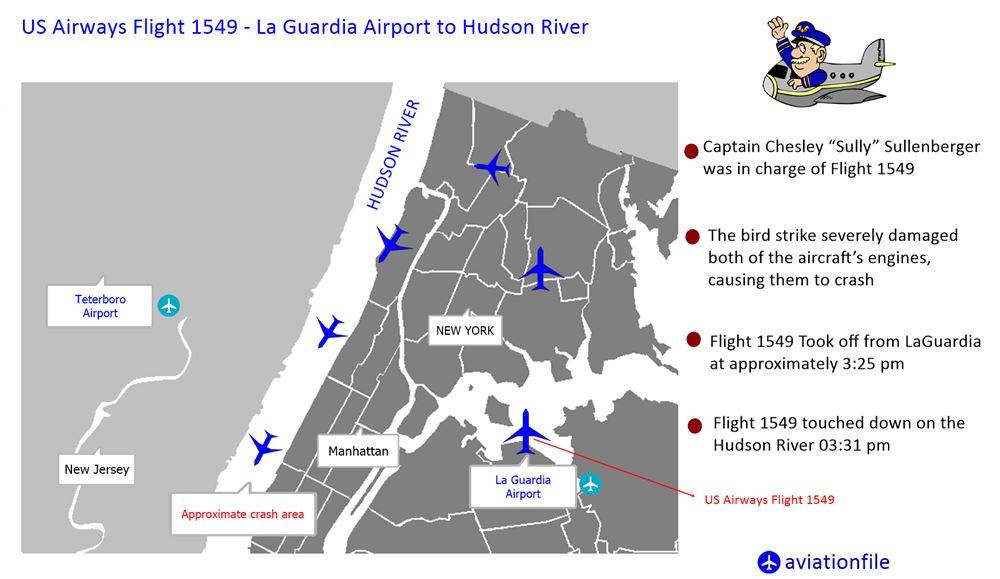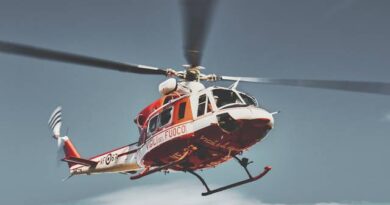Bird Migration Routes and Airports: Understanding the Intersection
Birds are known for their remarkable ability to navigate long distances as part of their seasonal migration patterns. These patterns are driven by a combination of environmental and genetic factors, and have been the subject of extensive scientific study for decades. However, as human development continues to encroach on natural habitats, the intersection of bird migration routes and airports has become an increasingly important issue.
Birds and Airports
Birds pose a significant hazard to aircraft, and are responsible for tens of thousands of bird strikes every year. These strikes can result in damage to aircraft engines, windshields, and other critical components, and in some cases have even caused fatal accidents. As a result, airports around the world take extensive measures to mitigate the risk of bird strikes.
One of the key strategies used by airports is to try and discourage birds from congregating in the vicinity of the airport. This can be achieved through a variety of means, including the use of bird control devices such as scarecrows and sonic deterrents, the implementation of habitat management programs to discourage bird nesting and feeding, and the deployment of trained bird control personnel who are responsible for monitoring bird activity in the airport’s airspace.
However, despite these efforts, bird strikes continue to be a major concern for airport operators. One of the reasons for this is that many bird species follow established migration routes that take them directly over or in close proximity to airports. This means that even if an airport is successful in reducing bird activity within its immediate vicinity, there is still a risk of bird strikes from migrating flocks passing overhead.
Bird Migration Routes
Bird migration routes vary widely depending on the species, and can cover vast distances across multiple continents. Some of the most well-known bird migration routes include:
- The Arctic Tern, which migrates annually from the Arctic to the Antarctic and back, covering a distance of up to 44,000 miles.
- The Bar-tailed Godwit, which migrates from Alaska to New Zealand, covering a distance of up to 7,000 miles non-stop.
- The Ruby-throated Hummingbird, which migrates from North America to Central America, covering a distance of up to 1,600 miles.
In many cases, these migration routes bring birds into close proximity with major airports. For example, many bird species migrate along the East Coast of North America, which is home to numerous major airports including New York’s JFK and LaGuardia airports, Washington Dulles International Airport, and Boston Logan International Airport.
Bird Hazards in Aviation: An Example
One example of the potential risks associated with bird migration routes and airports can be seen in the case of the Hudson River Miracle. In January 2009, US Airways Flight 1549 was forced to make an emergency landing in the Hudson River after multiple bird strikes caused both engines to fail. The incident, which became known as the “Miracle on the Hudson”, resulted in no fatalities or serious injuries, but served as a stark reminder of the potential dangers posed by bird strikes.
According to a report by the US Federal Aviation Administration, the birds involved in the Hudson River Miracle were likely Canada geese, which are known to be particularly hazardous to aircraft due to their size and tendency to fly in flocks. The report notes that the geese were likely migrating south along the Hudson River at the time of the incident, and had likely been attracted to the area by a combination of factors including food, shelter, and the presence of other birds.

Conclusion
The intersection of bird migration routes and airports is a complex and challenging issue, and one that requires careful consideration by airport operators, environmental organizations, and aviation authorities alike. By understanding the risks associated with bird strikes and taking proactive measures to mitigate these risks, we can help to ensure
References:
- Dolbeer, R. A. (2011). Bird Hazards to Aircraft. In Encyclopedia of Environmental Health (pp. 321-330). Elsevier.
- Richardson, W. J. (2001). Timing and amount of bird migration in relation to weather: a review. Oikos, 103(1), 103-110.
- Newton, I. (2010). The Migration Ecology of Birds. Academic Press.
- US Federal Aviation Administration. (2010). Wildlife Strike Database. Retrieved from https://wildlife.faa.gov/home.
- Federal Aviation Administration. (2010). Wildlife Hazard Mitigation at Airports: A Manual for Airport Operators. Retrieved from https://www.faa.gov/documentLibrary/media/Advisory_Circular/150_5200_33C_Chg_1.pdf.
- Hake, M., & Osterling, R. (2011). Bird strike risk management in the vicinity of airports. In Handbook of Air Pollution from Internal Combustion Engines (pp. 817-846). Springer.


